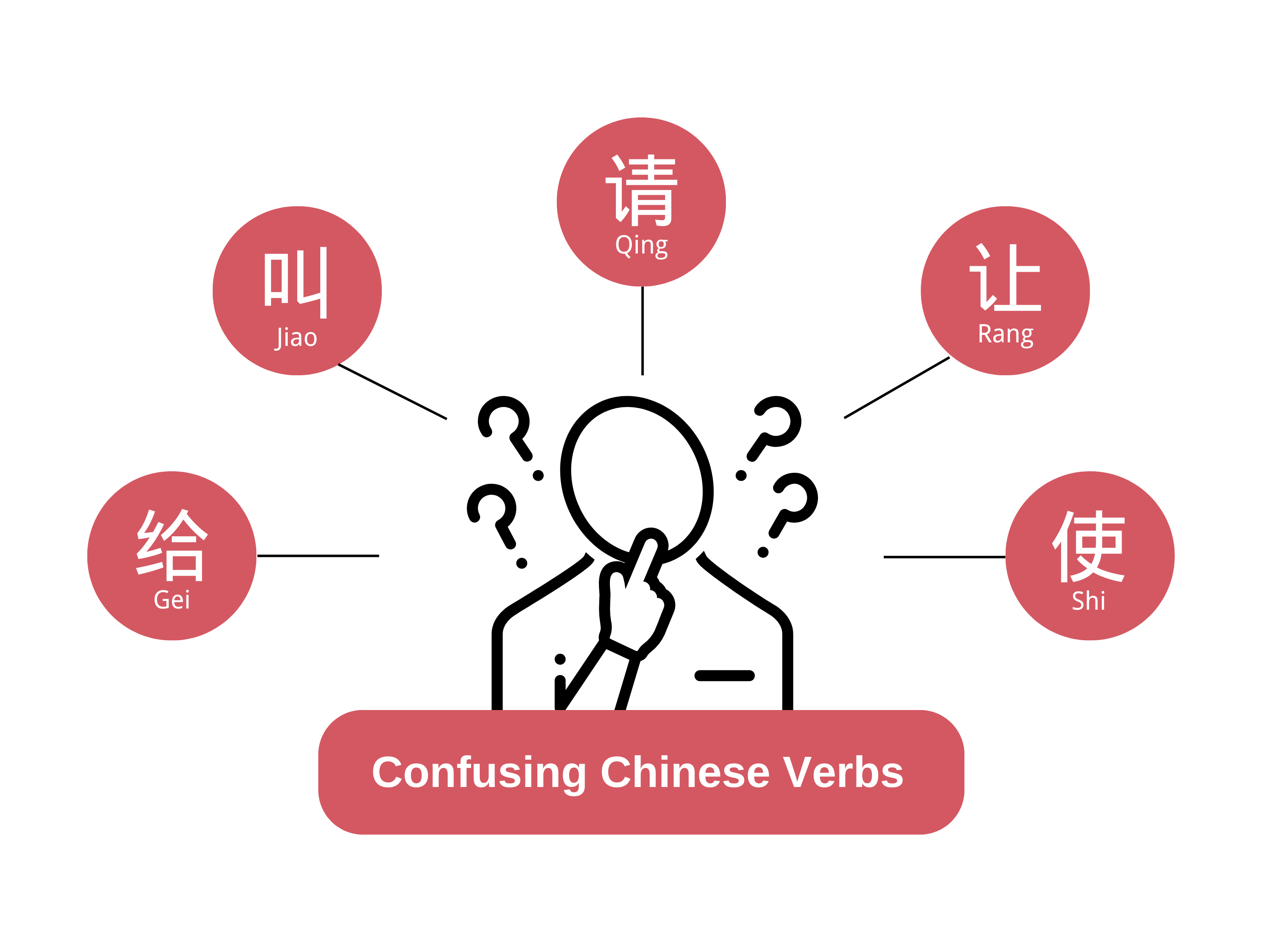Meanings and Categories of Confusing Chinese Verbs “Gei (给)” “Jiao (叫)” “Qing (请)” “Rang (让)” “Shi (使)”: A Semantic Analysis
Main Article Content
Abstract
Objectives: This article is a study on the meanings of five Confusing Chinese verbs, namely gei (给), jiao (叫), qing (请), rang (让), and shi (使), through the framework of semantics to analyze and identify similarities and differences among them. This analysis will contribute to a systematic understanding of the meaning of these Confusing Chinese verbs.
Methods: The data for analysis include book, Chinese dictionary, and a collection of official examination papers of the Chinese proficiency test (HSK). This research analysis is through the framework of semantics and principled polysemy approach.
Results: The result showed that all five Chinese verbs have both shared meanings and different meanings. Some meanings are commonly used daily, while others are more historical, idiomatic, or used in spoken language. Moreover, the perception of similar meanings among words may vary, indicating diverse perspectives. The confusing Chinese verbs can be categorized into four aspects based on shared meanings. These groups include verbs related to causing someone to do something, granting permission, causing results, and inviting. The meaning that is shared across all five Chinese verbs is “to cause someone to do something”. Additionally, there are different meanings and categories, divided into twelve aspects. These groups include giving things or experiences, human or animal voices, calling out, naming, requesting, buying religious statues, agreeing, granting rights, wishing, being inferior, avoiding, and using.
Application of this study: It is shown that five verbs are verbs that have complex semantic relationships. Analyzing and understanding the multiple meanings and analyzing the semantic relationships of these verbs systematically can assist in their accurate usage.
Downloads
Article Details

This work is licensed under a Creative Commons Attribution-NonCommercial-NoDerivatives 4.0 International License.
References
Arunmanakul, W. (2020). Science of Language: History and Development [Unpublished manuscript]. Faculty of Arts, Chulalongkorn University. (In Thai)
Confucius Institute Headquarters (Hanban). (2018a). Official Examination Paper of HSK (Level 1). People’s Education Press. (In Chinese)
Confucius Institute Headquarters (Hanban). (2018b). Official Examination Paper of HSK (Level 2). People’s Education Press. (In Chinese)
Confucius Institute Headquarters (Hanban). (2018c). Official Examination Paper of HSK (Level 4). People’s Education Press. (In Chinese)
Confucius Institute Headquarters (Hanban). (2018d). Official Examination Paper of HSK (Level 5). People’s Education Press. (In Chinese)
Confucius Institute Headquarters (Hanban). (2019a). Official Examination Paper of HSK (Level 3). 3rd (Ed.). People’s Education Press. (In Chinese)
Confucius Institute Headquarters (Hanban). (2019b). Official Examination Paper of HSK (Level 6). 3rd (Ed.). People’s Education Press. (In Chinese)
Dirven, R. & Verspoor, M. (2004). Cognitive Exploration of Language and Linguistics. Jon Benjamins Publishing. (In English)
Goddard, C. & Schalley, A. C. (2010). Semantic Analysis. In Indurkhya, N. & Damerau, F. J. (2nd ed.), Handbook of Natural Language Processing, pp. 92-120. CRC Press.
He, S., & Zhu, R. (2018). A Study of the word-discrimination columns of The Commercia Press Learner’s Dictionary of Contemporary Chinese. Journal of Yunnan Normal University, 16(2), 48-55. (In Chinese)
Institute of Linguistics. (2021). Contemporary Chinese Dictionary (Xiandai Hanyu Cidian) (735th ed.). The commercial Press. (In Chinese)
Janchai, C. (2016). Error Analysis and Teaching Suggestions of Thai Intermediate Level Students in Learning Chinese “Gei” “shi” “Rang” Sentences. Master’s thesis, Chongqing University, P.R.C. China. (In Chinese)
Lai, L. (2018). The study on Chinese confusable words in Thai students. Doctoral Dissertation, Minzu University of China, P.R.C. China. (In Chinese)
Lin, C. (2017). A Study on the Acquisition of Chinese “gei” by Thai University Students at Primary Stage. Chinese Study Journal, 10(1), 161-184. (In Chinese)
Lu, S. (2008). Eight Hundred Words in Modern Chinese (Xiandai Hanyu Babai Ci) (17th ed.). The Commercial Press. (In Chinese)
Mei, L., & Yu, L. (2023). A Contrastive cognitive Semantic Analysis of “Mountain” & “Shan”. International Journal of Education and Humanities, 6(3), 93-97.
Saralamba, C. (2005). Metaphor in Cognitive Linguistics Theory. Journal of Liberal Arts Thammasat University, 2(2), 151-171. (In Thai)
Soontornthamniti. (2023). Figure 1 Research Flow.
Soontornthamniti. (2023). Figure 2 Framework of the semantic relationships of 5 Chinese verbs.
Srivimol, V., Tansiri, K., & Natpratan, N. (2023). Semantic Properties of the Polysemous Word ‘ascend’ in Thai. Journal of Liberal Arts, 23(1), 521-545. (In Thai)
Sun, J. (2021). Analysis and Teaching Research on the Errors of Causative Structure in Thai Students’s Chinese “Give, Make, Let, and Call”. Master’s thesis, Guangxi Normal University, P.R.C. China. (In Chinese)
Tangpakorn, B. (2018). An Application of Cognitive Semantics of Chinese Polysemy Teaching for Thai Learners. Journal of Humanities and Social Sciences Mahasarakham University, 37(1), 75-87. (In Thai)
Tyler, A., & Evans, V. (2003). The Semantics of English Prepositions: Spatial Scenes, Embodied Meaning and Cognitive. Cambridge University Press.
Wang, S. (2013). Error analysis of “gei”——take the student of assumption university in Thailand for example. Master’s thesis, Guangxi Minzu University, P.R.C. China. (In Chinese)
Zhang, B. (2007). Synonyms, near synonyms and confused Word: The Perspective transformation from Chinese to interlanguage. Chinese Teaching in the World, 81(3), 98-107. (In Chinese)


